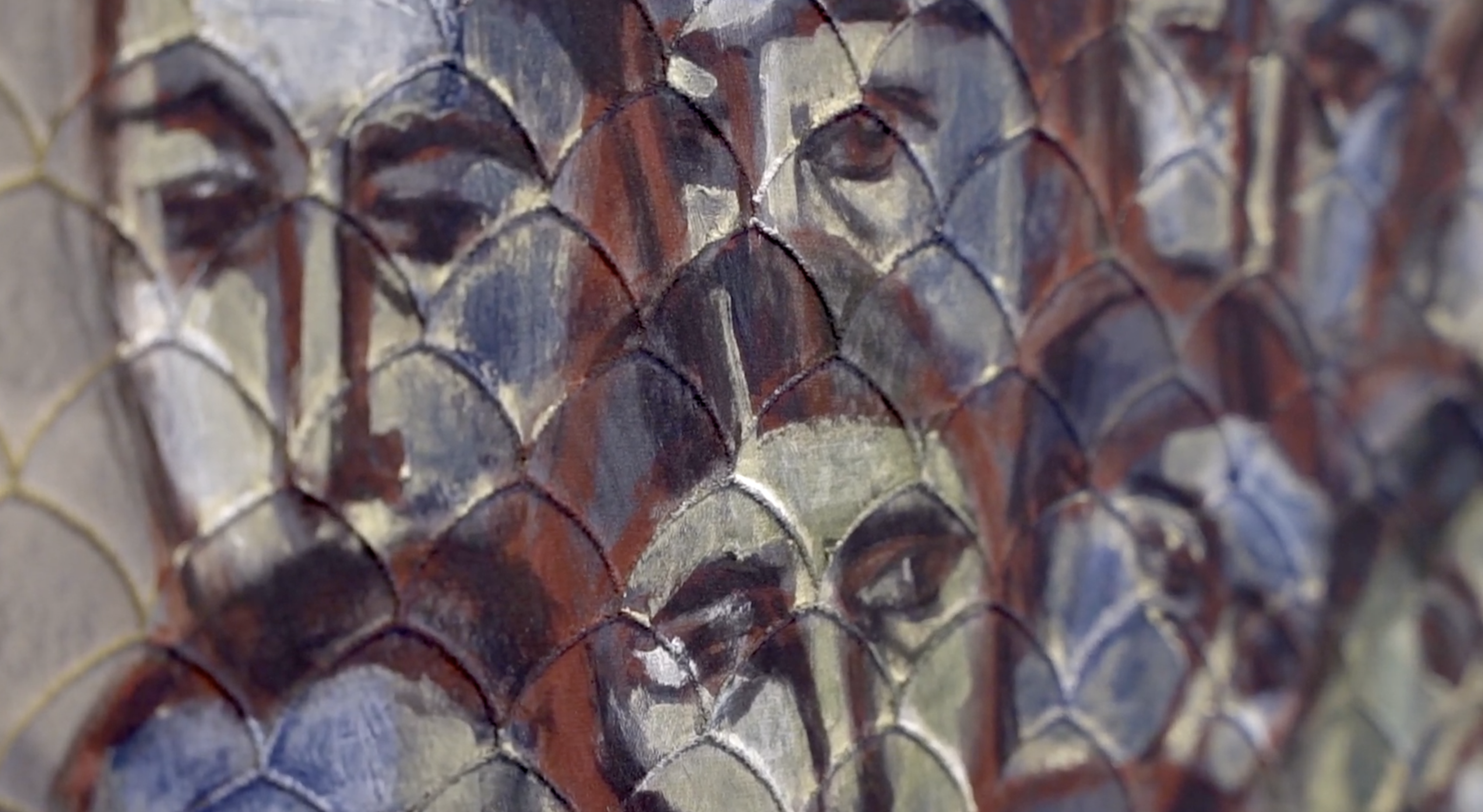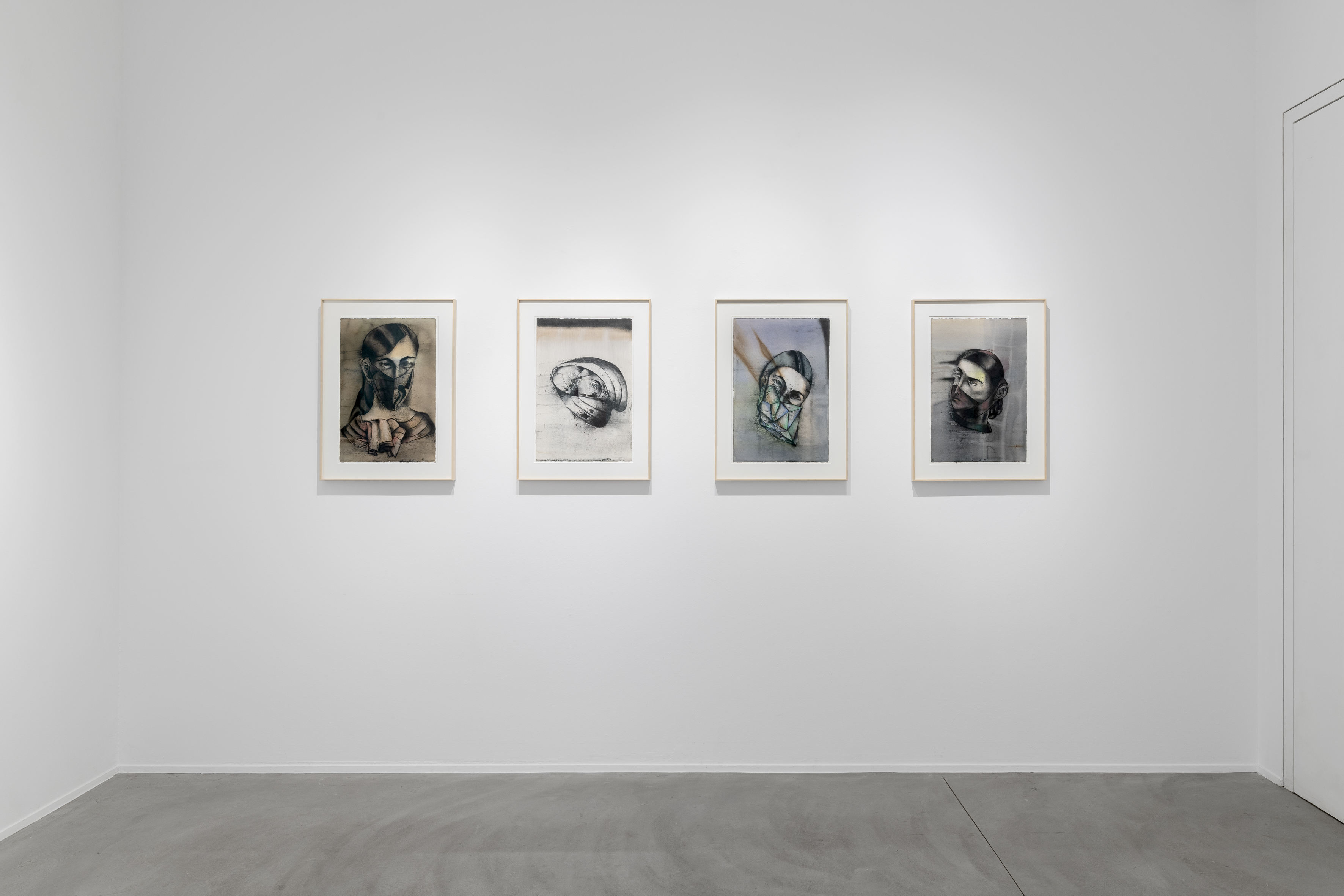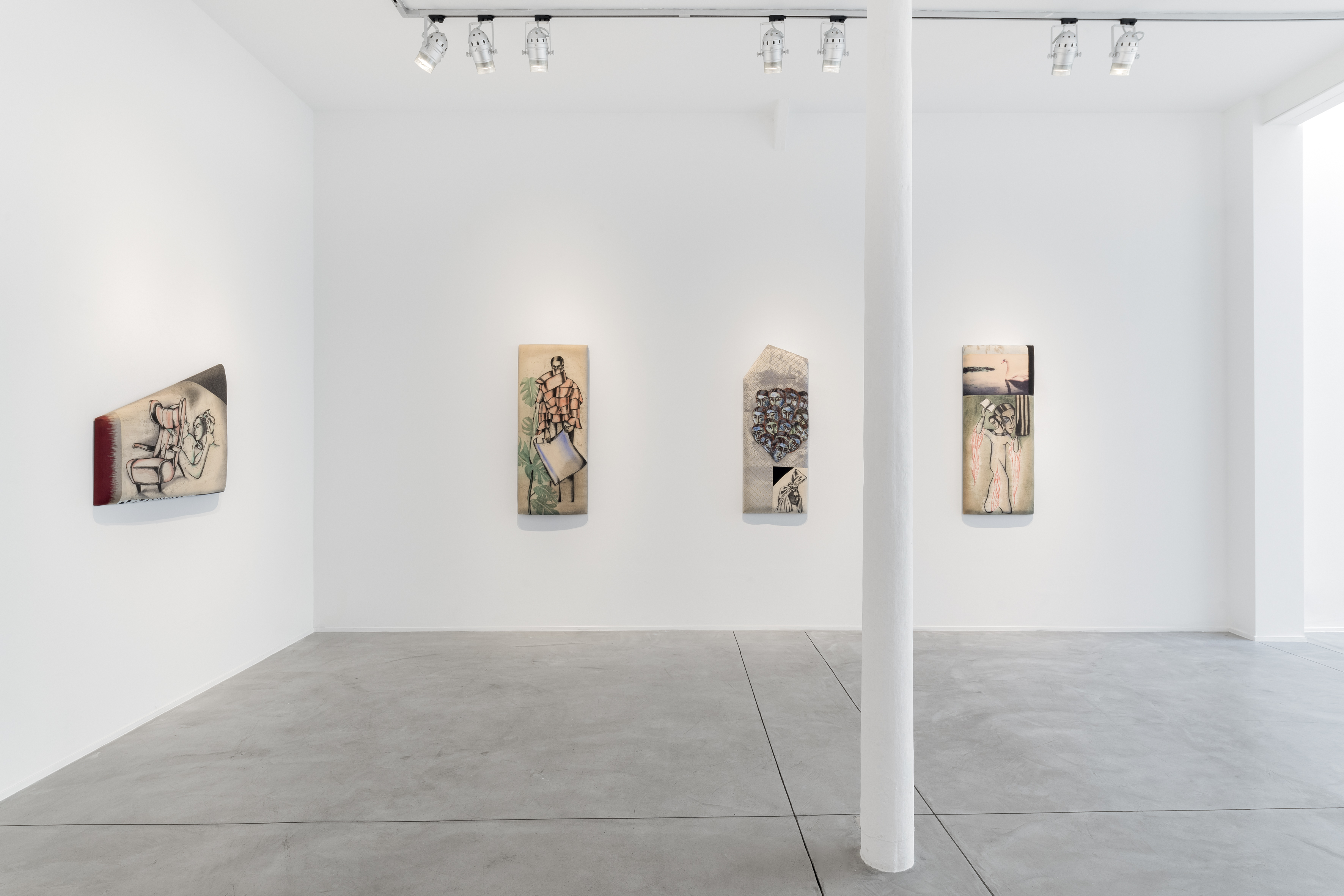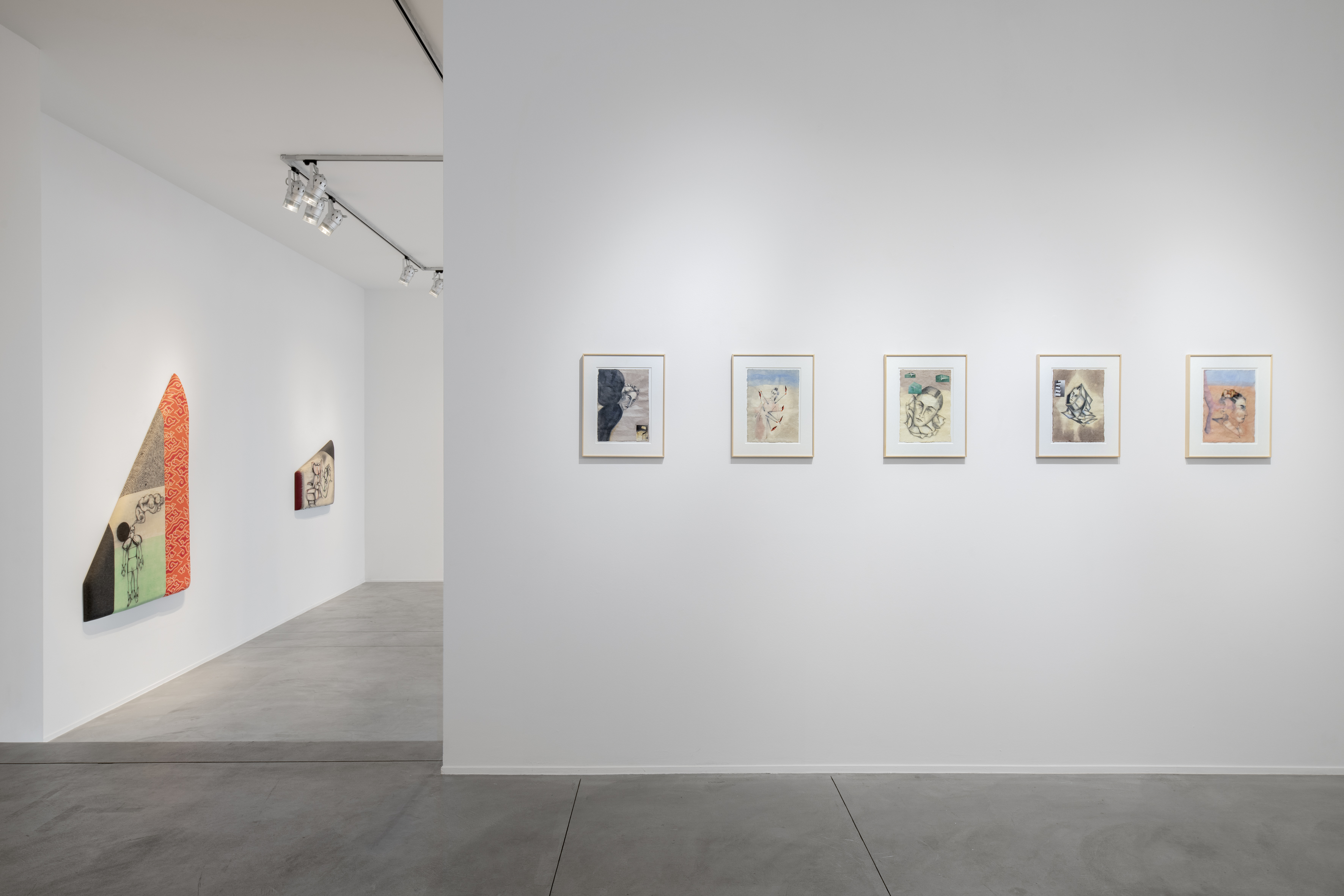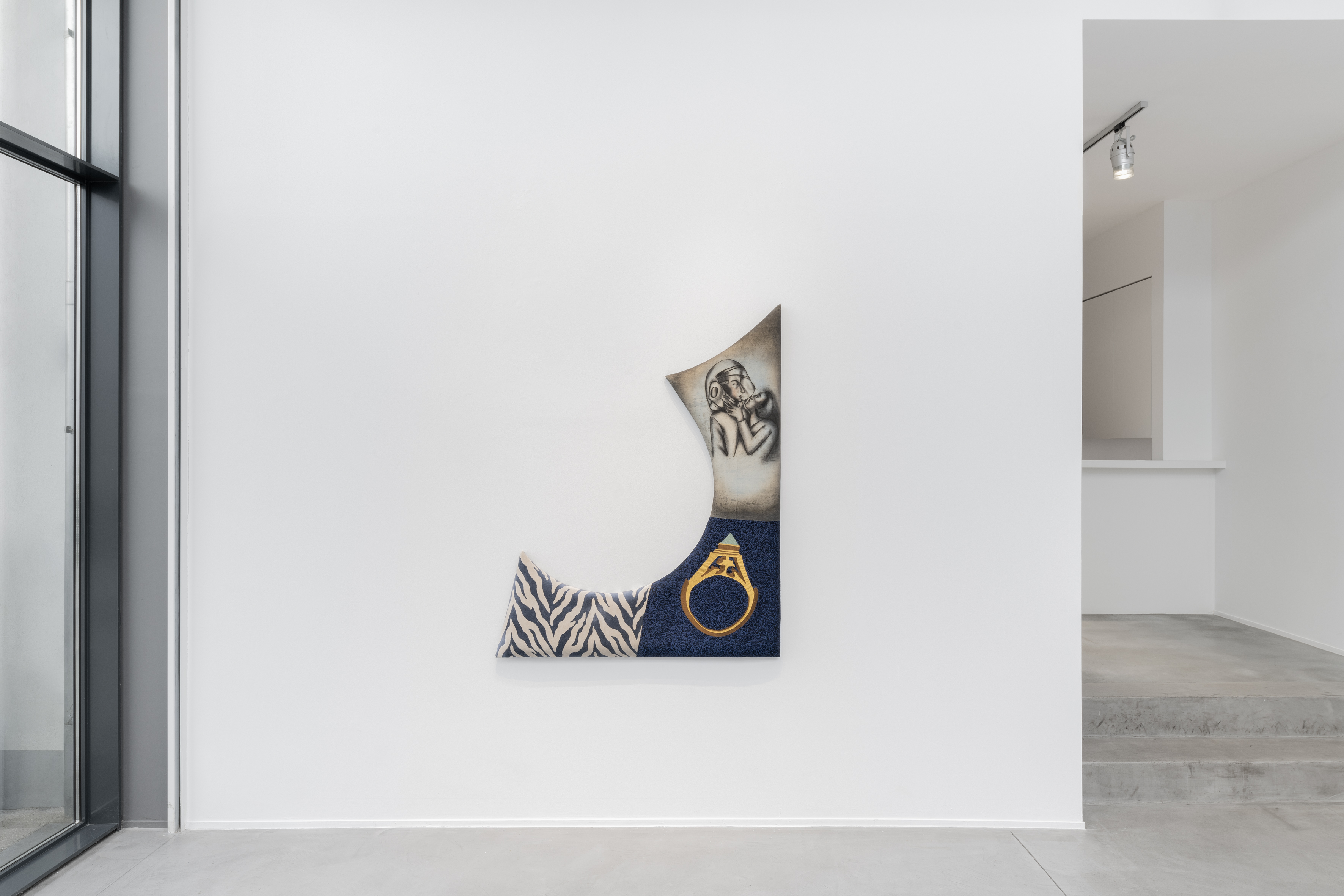
Anju Dodiya
Tower of Slowness
After a five-year absence from Europe, Indian artist Anju Dodiya is unveiling Tower of Slowness, a series of around twenty previously unseen watercolours, at Galerie Templon in Brussels.
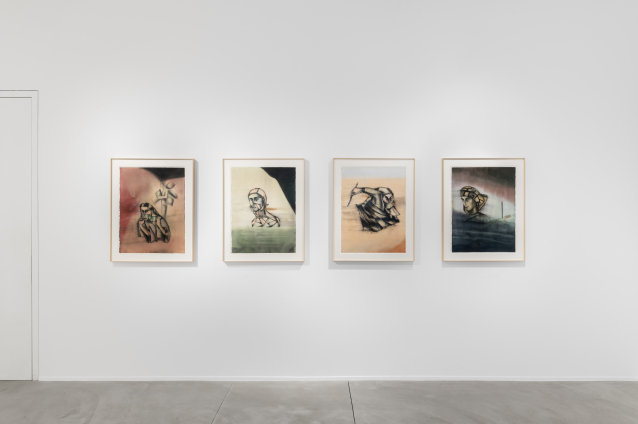

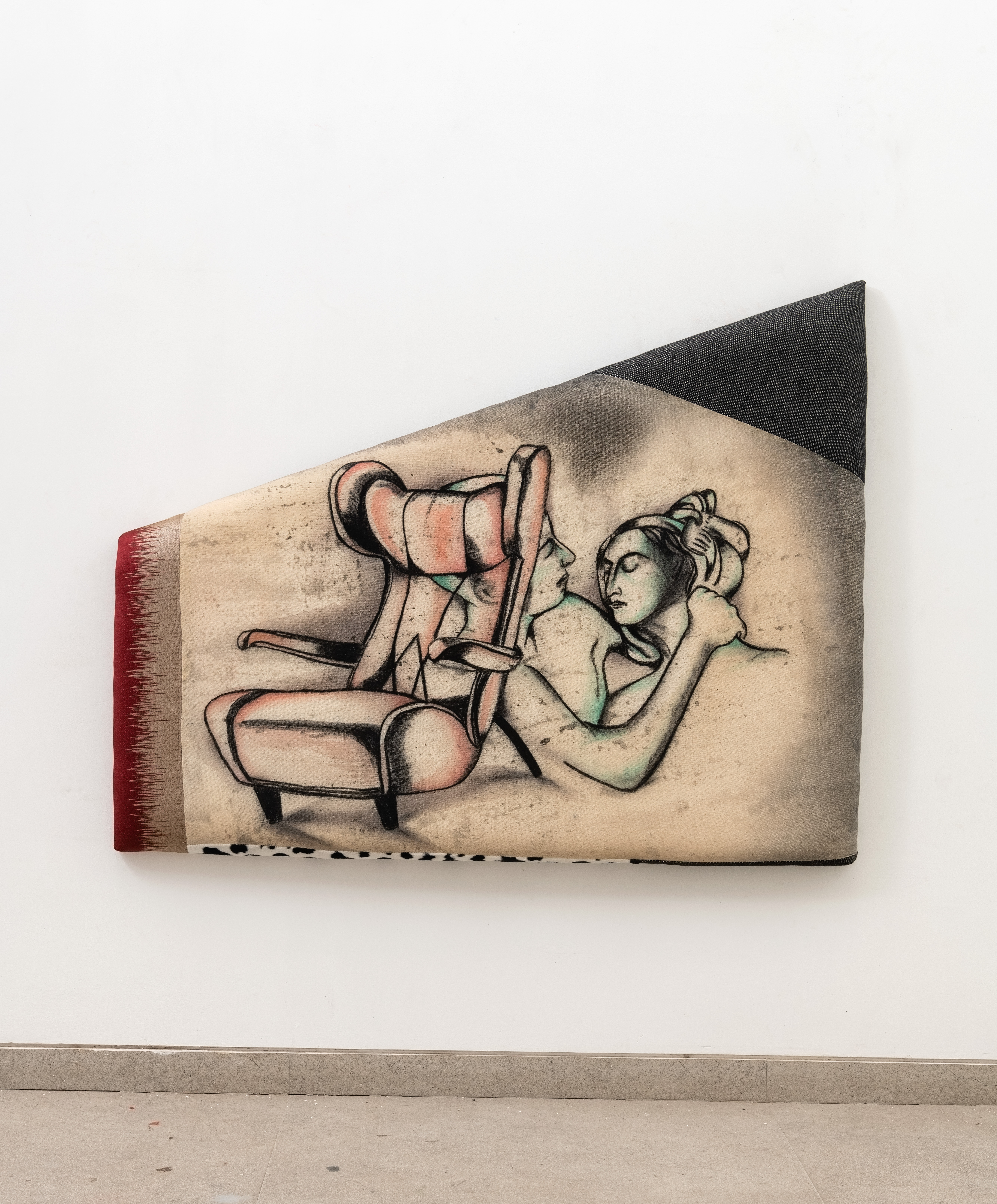
At the age of 57, Anju Dodiya is one of the most respected artists on the Indian art scene. For the last thirty years, her paintings have used the self-portrait form to explore the conflicts between inner life and external reality: the anguish of creation, the artist’s frustrations with the violence of the world, the incommunicability between people. The pandemic marking this last year and the strict lockdown she was forced to adhere to in her house-cum-workshop in Mumbai naturally resonated particularly strongly with her. The current situation acted as a catalyst for an artist whose work engages closely with questions of isolation and social marks. As she explains, “The past year has been an unusual one for all of us. Suddenly, we all share a common wound- the painful recognition of the uncertainty of our lives.”
Her response has been to create a set of seven padded canvases cut in geometric shapes. Welcoming but visibly uncomfortable, these incongruous “mattresses” cover the gallery walls with a series of portraits combined with animal skin motifs which are both familiar and enigmatic. These powerfully poetic works, in a mixture of charcoal and watercolour, provide a glimpse of brief, intimate scenes, both reassuring and ambiguous.
In the words of the artist: “Pointed and geometric forms occupy our minds while we lay on beds and soft chairs that slowly file down the edges of our thoughts. Slowness, solitude and an acute awareness of body and mind keep our emotional antennae quivering. These mattress works come out of these shadowed rooms that we inhabit.”
In contrast, a series of watercolours depicts the theme of the mask, a long-standing favourite motif for Anju Dodiya, who has often depicted herself masked. Inspired by James Ensor’s work, for her Belgian exhibition she has drawn faces that are frozen, covered either with a wisp of “blue air”, diamond veils or surgical masks. Drawn at dusk, at sunset, in the desert light or on the way home, these not-quite-faithful self-portraits are presented solely in their relationship to time and space, shot through with a solitude that, while oppressive, is also possibly redeeming.
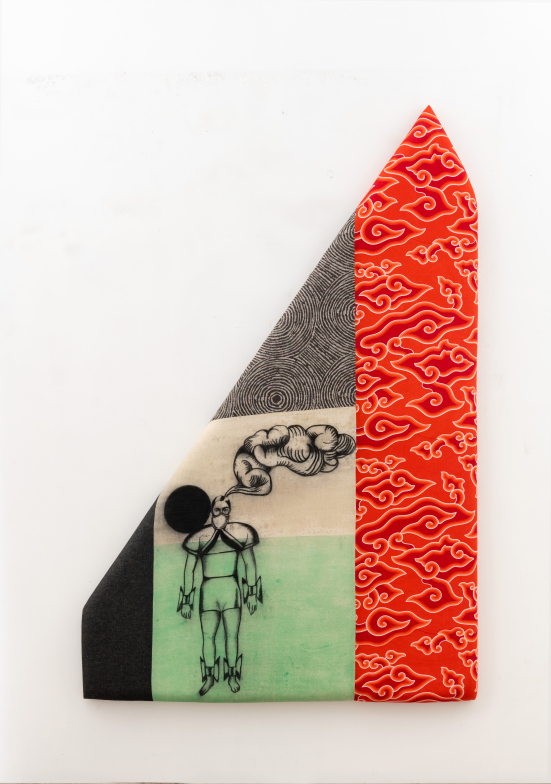
Clouds for a diver
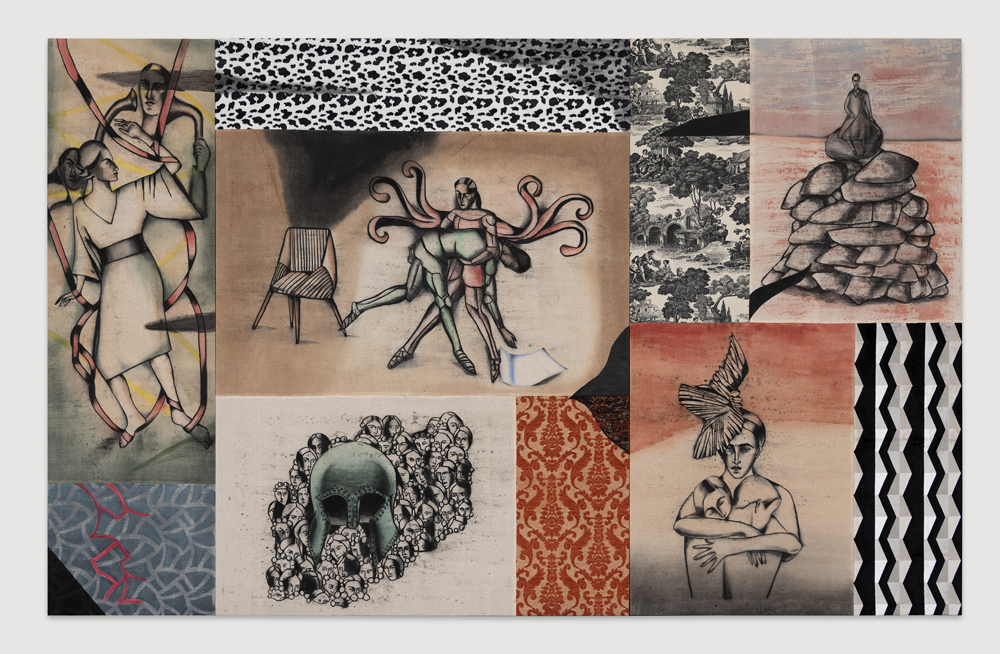
The artist

Anju Dodiya was born in 1964 in Mumbai where she lives and works. Her paintings, acts of rebellion and exorcism, use the self-portrait form to explore the conflicts between inner life and external reality. The artist provides a new take on historical sources as varied as Indian miniatures, French medieval tapestries and newspaper photographs. Her paintings are striking in the contrast they create between the dramatic intensity of the subjects and the subtleties of how she produces them.
